Lithops Life Cycle: A Captivating Tale of Survival and Adaptation
Have you ever stumbled upon what looked like ordinary pebbles on the ground, only to discover they were actually alive? Meet Lithops, also known as “living stones” or “stone plants” – nature’s remarkable tricksters that blur the line between flora and fauna.
Lithops are true masters of camouflage, mimicking the appearance of stones to protect themselves from hungry animals in their native desert habitats of southern Africa. But don’t let their unassuming exteriors fool you – these unique succulents have evolved fascinating survival strategies to thrive in the harshest of environments.
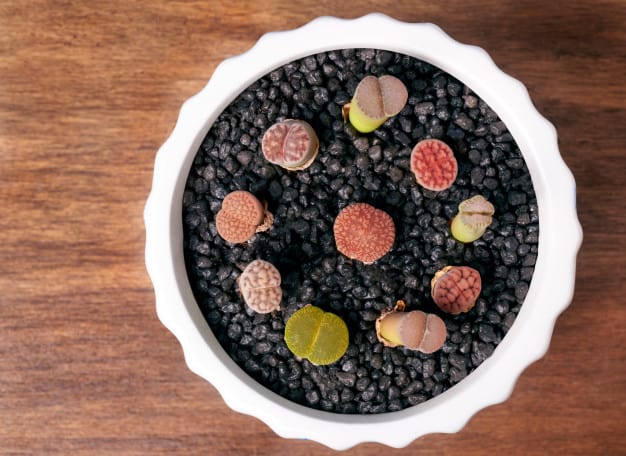
Contents
A Diverse Family of Stone Plants
Lithops belong to the Aizoaceae family, a diverse group of succulent plants native to southern Africa. Within this genus, there are numerous species, each with its unique characteristics and colors. Some popular varieties include:
- Lithops lesliei: Flat, grayish-pink leaves with reddish veins and deep yellow flowers.
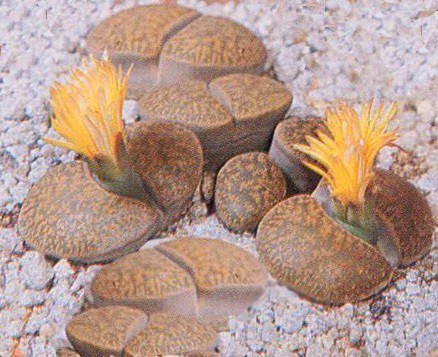
- Lithops alpina: Greenish-gray leaves mottled with dark green and bright yellow blooms.
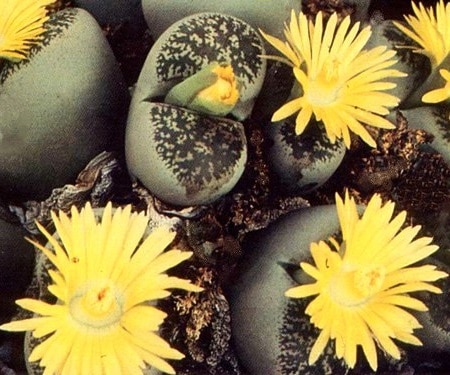
- Lithops aucampiae: This is a larger species, actually reaching up to 4 inches in height and width. The leaves are irregularly colored purple-brown, and the flowers are golden yellow.
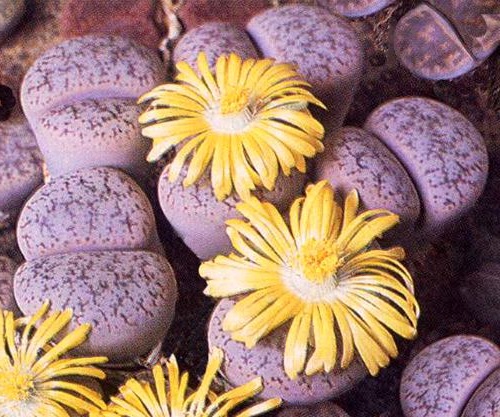
- Lithops bella: Grayish-green leaves with darker green variations and white, daisy-like flowers.
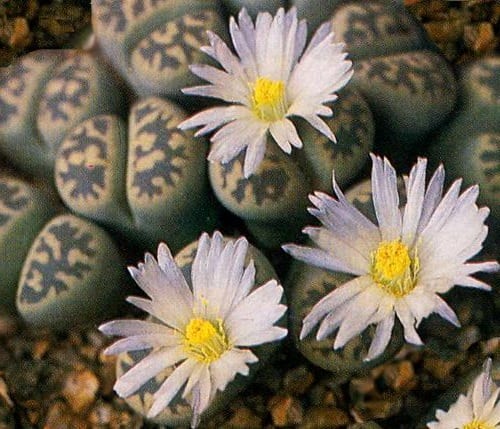
- Lithops optica: Heavily incised, dark gray-green leaves and white autumn blooms.
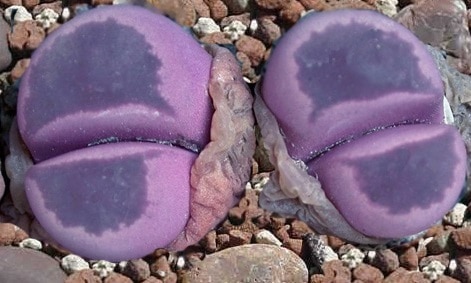
A Marvel of Adaptation
Imagine having to survive in scorching deserts with mere 2-4 inches of annual rainfall. That’s the reality for Lithops, and they’ve adapted brilliantly. Their fleshy leaves, fused into a single body, form a water-storing reservoir, allowing them to go for extended periods without rain.
But that’s not all! Lithops minimize water loss by keeping a low profile, with their rounded bodies rising just a few inches above the ground. Their deep root systems, proportionate to their size, tap into every available drop of moisture.
A Captivating Life Cycle
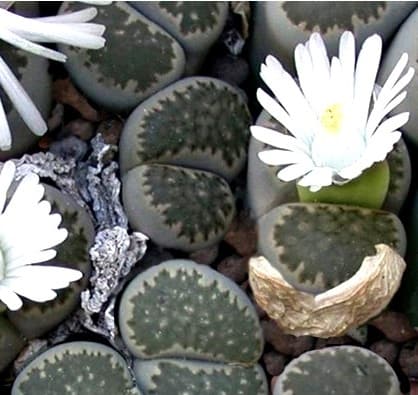
The life cycle of Lithops is nothing short of mesmerizing. As the scorching summer approaches, they enter a dormant state, conserving their precious water reserves. During this time, they appear as unassuming gray or brown stones, blending seamlessly with their surroundings.
However, as the cooler months arrive, Lithops spring back to life, quite literally. A crack appears between their fused leaves, revealing a vibrant yellow or white flower that blooms briefly before fading away. This is also when the plant produces its new set of leaves for the upcoming year, gradually shedding the old, wrinkled ones.
Cultivating Living Stones
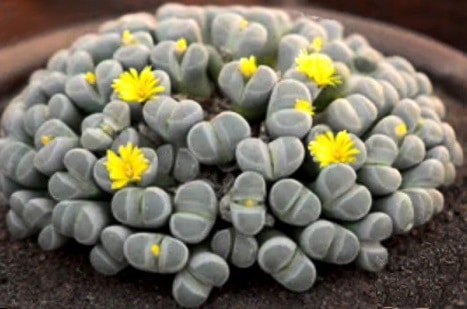
Caring for Lithops might seem challenging, but with a few simple tips, you can easily nurture these fascinating plants:
- Provide plenty of sunlight, at least 4-5 hours of direct sun per day, to maintain their compact shape and prevent stretching.
- Water sparingly, allowing the soil to dry completely between waterings. Overwatering is a surefire way to kill these desert dwellers.
- Use a well-draining soil mix, such as a combination of cactus soil, coarse sand, and perlite or pumice.
- Transplant every 2-3 years when the new leaves have emerged, ensuring the plant sits slightly above the soil line.
- Fertilize monthly during the growing season with a balanced, diluted fertilizer.
- Maintain temperatures above 41°F (5°C) to prevent damage to the plants.
- Propagate by seed, sowing them in spring or autumn for best results.

Pests and Problems
While Lithops are generally hardy plants, there are a few potential issues to watch out for:
- Wrinkled or faded appearance: Likely due to improper watering during dormancy or active growth periods.
- Lack of vigor: Could be caused by excessively low temperatures.
- White patches or scarring: Signs of a spider mite infestation, which can be treated with appropriate insecticides.
With their extraordinary ability to adapt and survive, Lithops are a testament to nature’s ingenuity. By inviting these living stones into your home, you’ll not only add a touch of intrigue but also gain a deeper appreciation for the wonders of the natural world.
